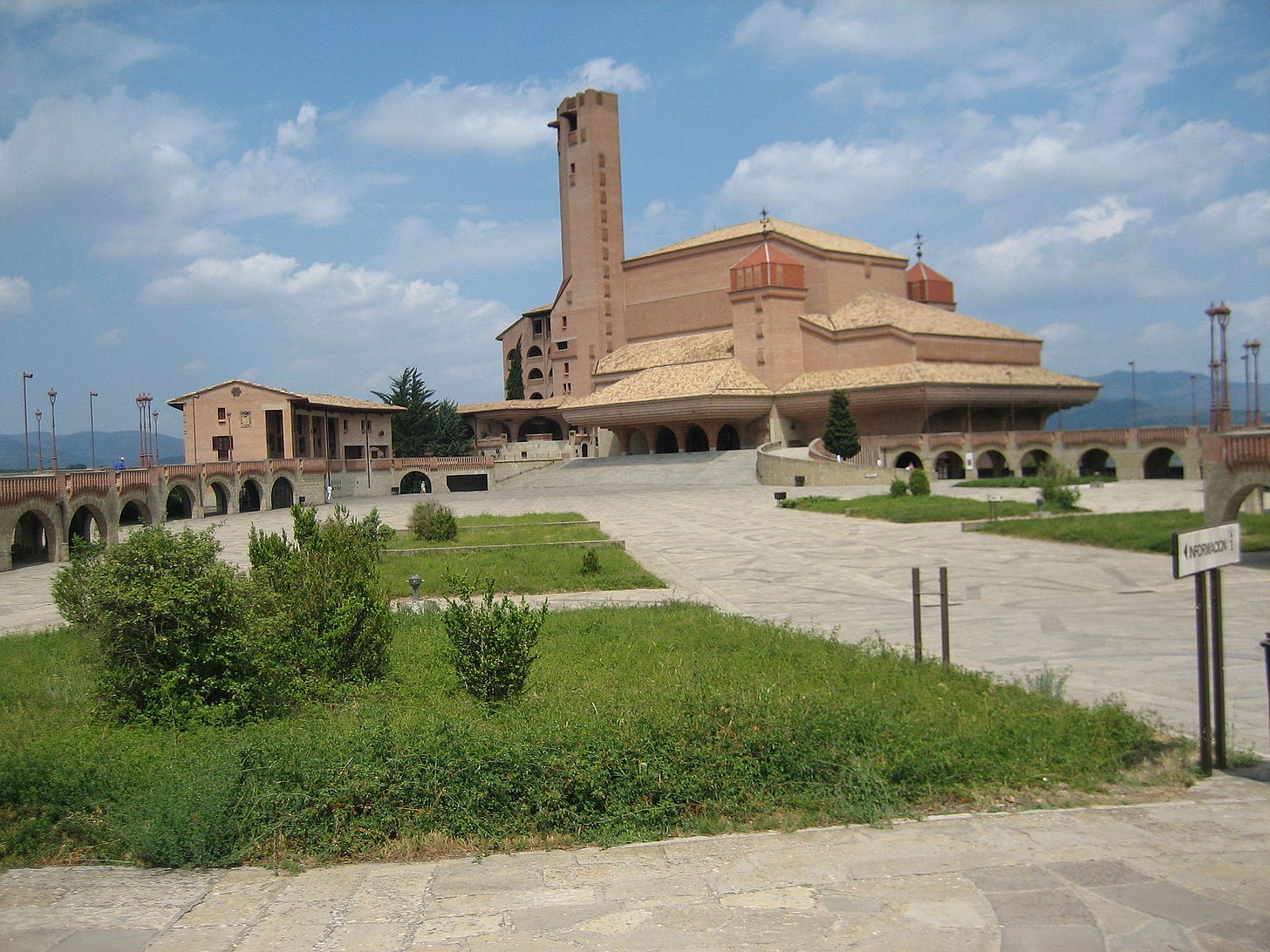Spanish diocese proposes Opus Dei shrine plan
Could a years-long dispute over Torrecuidad be near its end?
A two-year dispute over a Spanish shrine took a new step this week when the Diocese of Barbastro-Monzón announced a new proposal, which included declaring it an international shrine and putting it under the direct supervision of the Holy See.
But while the prelature of Opus Dei, which claims a right to run the Torrec…

